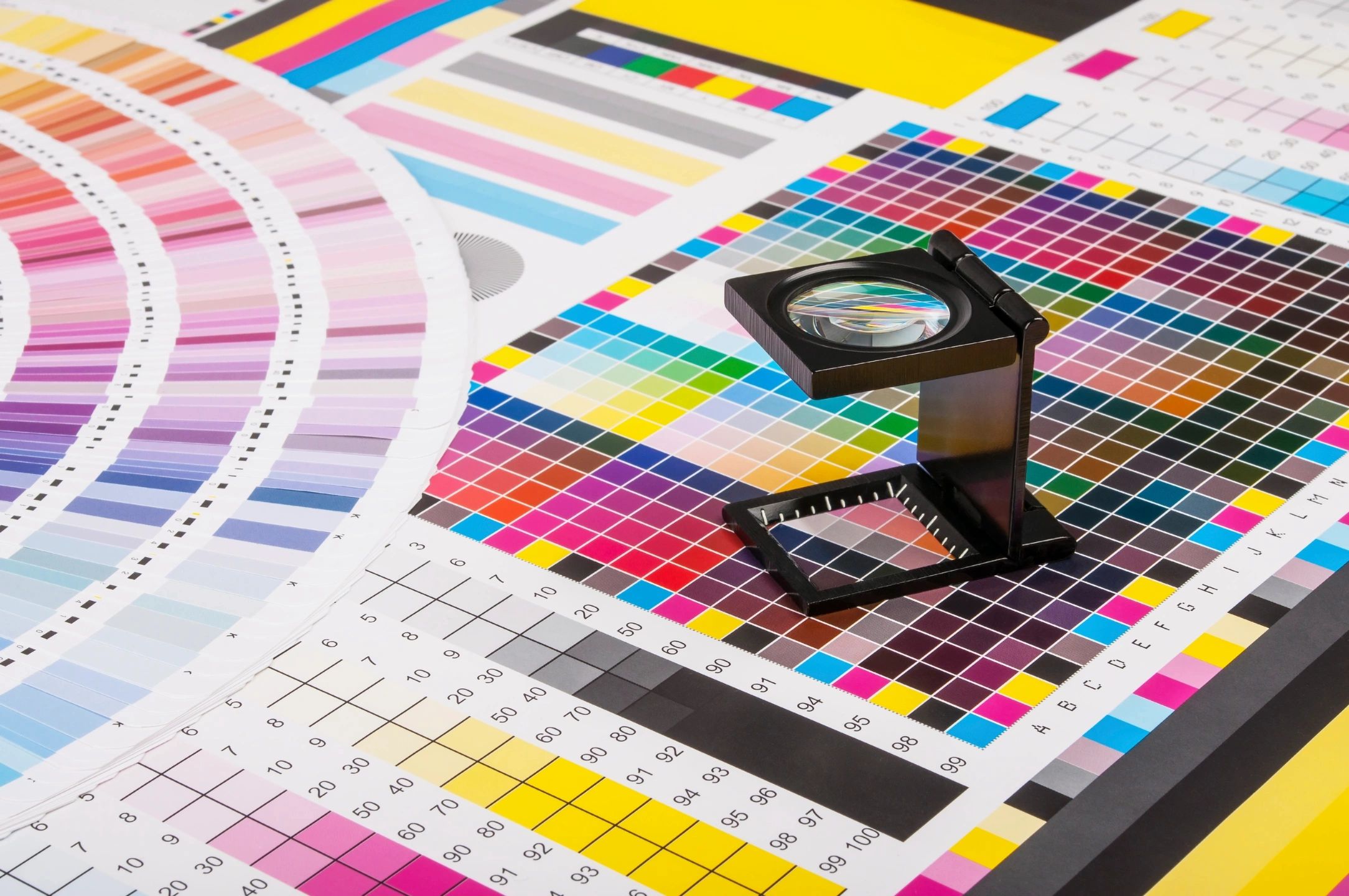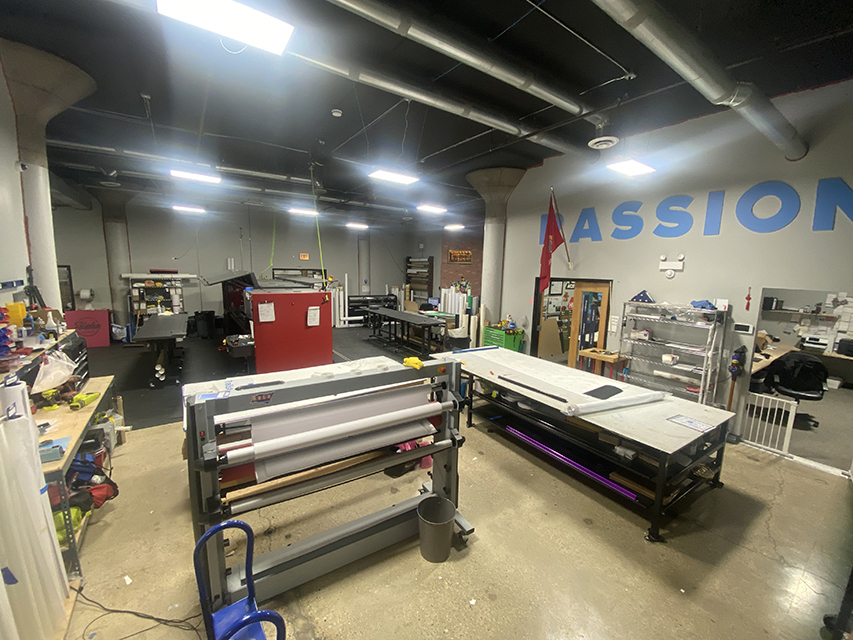The Ultimate Guide to Using Printing Providers for Custom-made Art Prints
Steering via the world of custom art prints calls for a clear understanding of numerous printing solutions. Artists must take into consideration aspects such as printing methods and materials to attain the wanted end result. Each choice, from artwork prep work to color calibration, plays a necessary role in the end product. As they check out these components, artists can reveal the potential for their job to connect with audiences in a significant way. What steps can they require to assure their prints stand apart?
Recognizing Various Sorts Of Printing Providers
Although lots of people might ignore the ins and outs of printing solutions, understanding the different types available is vital for anyone aiming to develop customized art prints. The most common types include digital printing, balance out printing, and screen printing. Digital printing is favored for its quick turnaround and capacity to create top quality pictures straight from electronic documents, making it suitable for small runs. In contrast, offset printing deals superior image quality and is economical for bigger quantities, utilizing plates to transfer ink onto paper. Display printing, often used for textiles and marketing items, involves pressing ink with a mesh screen, enabling vivid colors and textures. Each technique has its one-of-a-kind benefits and restrictions, making it vital for artists and designers to analyze their details requirements, such as amount, preferred high quality, and budget, prior to choosing a printing solution that lines up with their artistic vision.
Picking the Right Products for Your Prints
Selecting the proper materials is necessary for accomplishing high-grade personalized art prints. Recognizing the different types of paper and the importance of ink top quality can greatly influence the outcome. Artists should think about these factors to ensure their vision is accurately stood for in the published piece.
Paper Kind Explained
Selecting the appropriate paper type is vital for attaining the desired visual and longevity in custom art prints. Various alternatives exist, each offering distinct attributes. Shiny paper improves shade vibrancy and information, making it optimal for digital photography prints. Alternatively, matte paper offers a softer coating, which is more suitable for art work that calls for subtlety and structure. Great art paper, frequently made from cotton or alpha cellulose, supplies archival high quality and appropriates for duplicating intricate details in paints (Print Shop Near Me). In addition, specialty papers, such as watercolor or canvas, can include one-of-a-kind visual effects. Eventually, picking the appropriate paper type will substantially affect the last presentation, making certain that the art work is both visually attractive and long-lasting
Ink Top Quality Issues
Ink top quality plays a vital duty in the overall success of personalized art prints. High-quality inks guarantee dynamic colors, sharp information, and long life, which are vital for showcasing artistic work. When choosing printing solutions, musicians should take into consideration pigment-based inks over dye-based choices, as they offer better discolor resistance and color security. In addition, the selection of ink ought to complement the chosen paper type, boosting the print's aesthetic impact. Ecological elements, such as moisture and temperature level, can also influence ink efficiency; therefore, musicians need to make inquiries concerning ink solutions that withstand these aspects. Ultimately, buying superior ink quality can boost the end product, ensuring that the art print continues to be true to the artist's vision for years ahead.
Checking Out Printing Methods: Digital vs. Conventional
While both digital and typical printing strategies have their special advantages, the choice on which method to utilize frequently depends upon the details requirements of the art work. Digital printing masters adaptability and speed, permitting quick turnaround times and the capability to print on need. This method is specifically beneficial for musicians who require small runs or special items, as it eliminates the requirement for comprehensive arrangement processes.Conversely, standard printing techniques, such as lithography and display printing, commonly produce richer structures and shades, interesting artists looking for a more authentic and responsive finish. These techniques can boost the deepness and top quality of the artwork, making them appropriate for larger versions. In addition, typical techniques may use a distinct aesthetic that digital printing sometimes struggles to duplicate. Inevitably, the selection in between these methods should consider factors like desired quality, quantity, and imaginative intent, guiding artists to the most appropriate alternative for their jobs.

Preparing Your Art Work for Printing
Successfully preparing artwork for printing needs mindful focus to detail, regardless of the chosen printing method. Artists have to guarantee that their data are created at the appropriate resolution, usually 300 DPI, to keep sharpness and clarity. The right shade mode, usually CMYK for print, is important to achieve the wanted shade precision. Artists need to additionally consider the measurements of the art work, ensuring to include hemorrhage locations if required, to avoid any type of undesirable white edges after trimming.Additionally, documents formats play an important function; TIFF and PDF are typically chosen for top notch prints. Before entry, it is necessary to review the art work for any kind of blemishes or unwanted components. By carefully examining these aspects, artists can boost the likelihood of their prints straightening with their innovative vision, inevitably leading to an effective printing outcome.
The Relevance of Color Calibration and Proofing
Shade calibration and proofing are necessary steps in the printing procedure, as they guarantee that the final outcome accurately mirrors the musician's vision. Proper shade calibration warranties that the colors showed on the screen match those that will certainly be printed. This procedure entails adjusting the screen settings, printer profiles, and inks to accomplish a consistent color representation.Additionally, proofing allows artists to sneak peek their job prior to the final print run. This stage allows them to identify and rectify any site link discrepancies in detail, color, or saturation, consequently minimizing costly mistakes. By utilizing hard-copy or digital evidence, musicians can make educated choices concerning adjustments needed for optimal results.Incorporating color calibration and proofing right into the printing process not just improves the high quality of the last product however also cultivates a dependable partnership in between the artist and the printing official website solution, guaranteeing contentment and integrity to the initial artwork.
Picking the Perfect Dimension and Layout for Your Prints

Advertising and Marketing Your Custom-made Art Prints
Advertising and marketing and selling customized art prints calls for a solid brand name identity to attract attention in an open market. Efficient on the internet promotion approaches and the calculated use of social networks systems can greatly enhance presence and interaction. By integrating these aspects, artists can produce an engaging presence that draws in potential customers.
Structure Your Brand Identification
Developing a strong brand name identity is necessary for artists seeking to effectively market and market their personalized art prints. This identification includes the musician's distinct style, values, and tale, which reverberate with potential customers. Artists should create a natural aesthetic presence throughout all systems, including logos, color pattern, and typography that mirror their artistic vision. Additionally, a clear objective statement assists communicate the artist's purpose and interest. Engaging narration concerning the motivation behind each piece can cultivate psychological links with the audience. Uniformity in messaging, whether on social media or product packaging, enhances recognition and count on. By very carefully curating their brand identity, musicians can separate themselves in an open market, drawing in faithful clients who appreciate their creativity.
Effective Online Promotion Techniques
What strategies can musicians utilize to properly promote their custom art publishes online? Initially, creating a specialist internet site showcasing the artwork is crucial. This site needs to include top notch photos and comprehensive descriptions to involve possible purchasers. Additionally, artists can use email advertising and marketing by constructing a customer list to share updates, promotions, and brand-new launches. Collaborating with bloggers and influencers in the art neighborhood can broaden reach and reliability. Offering limited-time discounts or exclusive pieces can additionally create urgency, motivating acquisitions. Maximizing content for search engines through appropriate key phrases will certainly boost presence. Finally, preserving a blog site about the artistic procedure can attract art lovers, fostering a much deeper connection with the audience and boosting the overall advertising approach.
Using Social Media Platforms
Social network platforms act as powerful devices for musicians aiming to market and sell their customized art prints. By leveraging systems like Instagram, Facebook, and Pinterest, musicians can display their job to a vast audience. Engaging visuals and tactical hashtags can raise presence, attracting possible customers to their accounts. Regularly posting content, such as behind-the-scenes processes or new designs, assists preserve target market interest and cultivates a feeling of neighborhood. In addition, musicians can use targeted advertising and marketing to get to certain demographics, improving the possibilities of sales. Cooperations with influencers or other artists can better intensify direct exposure. Ultimately, a well-curated social media visibility not just promotes customized art prints yet additionally builds a loyal consumer base gradually.
Often Asked Inquiries

Exactly how Do I Find Reputable Printing Expert?
To find reliable printing service providers, one should look into online testimonials, look for recommendations from peers, contrast portfolios, demand samples, and analyze customer care responsiveness. This complete method guarantees notified decisions and satisfactory end results.
What Is the Regular Turnaround Time for Customized Prints?
The normal turnaround time for customized prints differs by service provider, however generally ranges from a couple of days to two weeks. Variables influencing this consist of order dimension, complexity, and the particular printing strategies utilized.
Can I Obtain a Reimbursement if I'm Not Satisfied With My Prints?
The concern of getting a refund for disappointing prints frequently depends upon the certain printing solution's policies. Several firms offer fulfillment warranties, while others might have rigorous return conditions, emphasizing the importance of reviewing terms beforehand.
Exist Any Kind Of Hidden Costs Associated With Printing Services?
Numerous printing services might include surprise expenses such as arrangement costs, delivery fees, or service charges for details products. It's essential for consumers to ask about all potential expenditures prior to finalizing their order.
Just How Can I Guarantee My Prints Are Eco-friendly?
To assure prints are eco-friendly, one need to pick environment-friendly inks, recycled paper, and lasting printing methods. Investigating printing services that prioritize sustainability and obtaining accreditations can additionally guarantee very little environmental impact in the printing process. Steering with the world of custom art prints calls for a clear understanding of numerous printing solutions. Numerous people may forget the details of printing solutions, comprehending the different types available is important for anyone looking to develop custom-made art prints. The most typical types include electronic printing, balance out printing, and screen printing. Efficiently preparing artwork for printing calls for mindful interest to information, no matter of the chosen printing strategy. Prints aimed at galleries could require common sizes to facilitate framework, whereas unique layouts may appeal to enthusiasts looking for something distinctive.Lastly, the printing service's capacities should be evaluated.